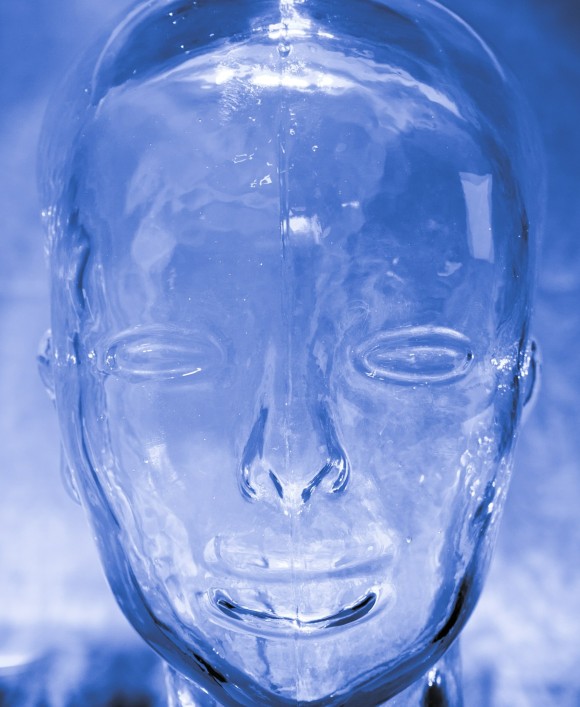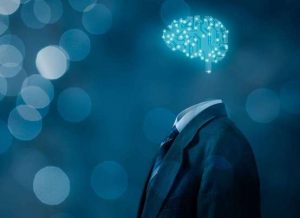
Satya is the Sanskrit term for truth and is also an affirmation in which sat refers to eternal, unchanging truth, and ya is the activating suffix that means “make it true.” Central to Patanjali’s ethical precepts—namely the second Yama—the relevance and importance of satya to spiritual practices is explained in the Yoga Sutras.
In Buddhism, truth is one of the founding principles of Right Speech (Skt: samma vaca), referring to abstention from lying, divisive speech, abusive speech, and idle chitchat. Meanwhile, in Western thought there are three main recognized approaches to truth: the Correspondence, Coherence, and Pragmatist theories.
The Correspondence theory stems from Aristotle’s logic and forms the foundation of modern logical thought as expounded by Alfred Tarski. It can be summed up as Aristotle stated: “To say of what is that it is, or of what is not that it is not, is true.”*
The Coherence theory of truth goes to back to ancient philosophers such as Zeno the Stoic, and is expounded by modern thinkers such as Spinoza, Leibniz, Hegel, and Quine, among others. It supports the view that the predicate “is true” or “is false” of a judgment or proposition is to say that it coheres or fails to cohere with a system of other things judged or said to be true. It typically recognizes degrees of truth.
Finally, the Pragmatist theory originated with the Athenian sophist Protagoras, but it was not popular until modern Pragmatism was developed by logicians such as Peirce, James, and Dewey. According to Pragmatism, truth is a property of ideas, and ideas are instruments or tools—a true idea is an idea that fulfills a function while false ideas do not.
The demarcation between philosophical and scientific truth can never be fully determined, as demonstrated in the philosophy of science. However, scientific truth—even a small bit of it—can mean the difference between life and death and has a great impact on medicine, social policy, engineering, justice, and information technology. Truth is a highly contended value in each of these fields.
Truth—or the lack thereof—like everything else that is observed, exists in relation to the observer. As researcher Victoria Talwar notes:
In the animal kingdom, humans have the unique distinction of being the species that tell lies; “verbal statements made with the intention to deceive.” Emphasis is placed on the word “intention” because this is what distinguishes lies from other false statements, such as mistakes or sarcasm.**
And also:
Around 150 million years ago, there was no such thing as truth on this planet. . . . What made the appearance of truths possible was the evolution of . . . a new kind of brain, a brain that can invent novel scenarios to represent the future consequences of its own present activities. The concept of truth arises from puzzling over distinctions between the real and the apparent, while the origin of these distinctions lies in the neurobiology of mammalian cerebral lateralization, that is, in the evolution of brains that can address the world both indicatively and subjunctively; brains that represent the world both categorically and hypothetically.***
Truth in neuroscience
Nowadays, thanks to neuroscience, truth can be investigated by looking into the brain from different angles and with different methods and techniques. Some researchers, for example, use signaling games—as in game theory and ethology—to study behavioral and evolutionary consequences of information transmission and distortion. They do this by separating and capturing distinct adaptive problems facing signal senders and receivers.
The signaling games framework is used to organize the complex set of cognitive processes associated with honest and deceptive behavior. By comparing lying versus truth-telling conditions, researches using these methods found differential responses in regions of the prefrontal cortex previously associated with cognitive control and higher-order cognition. Lying was associated with greater activation in regions including dorsolateral and ventrolateral prefrontal cortex, as well as the anterior insula and superior frontal lobule, while no brain region has been found to respond more during truth-telling than to lying, supporting the notion that deception is more cognitively demanding than truth-telling.****
Society, history, and human relations are enveloped in deception. It is impossible to live a normal life, or survive, without some deception. Even if it is just half-truths we have to tell sometimes to comply with social conventions. The naked truth is socially not acceptable, and much of human communication has as its goal the embellishment and dressing up of naked truths.
This has resulted in deceit, as self-deceit, as a necessary filter for human interaction, without which most social relations crumble. The scientific study of deception requires firm definitions, measurements, and theories. It relates to language, behavior, and ultimately becomes a complex research affair. According to researchers, human brains quickly discover that rewards outweigh the costs associated with deception.

Functional magnetic resonance imaging (fMRI) techniques are used to study variants of classic deception paradigms and to determine directly the neural correlates of deception (Greely & Illes, 2007; Spence et al., 2004). Researchers have set up experiments to determine whether there would be consistent differences in cortical excitability—in the left and right motor cortex—between deceptive and honest responses. Results show a dissociation in which the excitability of the left motor cortex is increased during deception, whereas that of the right motor cortex is decreased. Complementing neuroimaging data showing increased left motor cortex activation during deception. *****
Although some level of deception is part of the fabric of social life, sometimes necessary to human relations, and possibly even acceptable in some contexts, such as survival or when saving a life, deceitful practices have developed to become the normal protocol of engagement for many social interactions. There is a fine line between encryption—for the purpose of making some data not easily accessible to everyone—which can be considered legitimate deception, and the practice of deliberately obfuscating all truth as a routine.

Confounding, derailment, and deceit have become the new normal to the point that it is time consuming and cognitively demanding to identify truth, and therefore even ethical practices that are based on truth cannot be taken at face value.
From the point of view of knowledge representation—one of my fields of research—part of the problem is mislabeling, which is very frequent. Something that is called what it is not is a lie. Yet sometimes that is the only identifier for things. The world is covered with misrepresentation for reasons beyond the scope of this column. It is even taught in schools and to uphold what is false is necessary to pass exams. If this is what the book says, students have to repeat it, right or not. Otherwise, they will not get their grades.
Neuroscience shows that deceit causes a sort of split in the brain. Could this tolerance for deception contribute to bipolarism and schizophrenia, which in turn is responsible for many aberrant behaviors? Could ongoing underlying deception be causing defilements—humans becoming removed from seeing things as they are, from being naturally empathic and compassionate and instead becoming dissociated, both cognitively and behaviorally?
And could the practice of the Dharma, in particular adherence to the principle of truthfulness and right conduct and speech, offer an alternative, less deceitful way to engage with others? Could that result in a different perception of the world, a more holistic, less conflicting view perhaps? And could that lead to a different evolutionary path for human consciousness?
There is much to explore in the study of deception, the Dharma, and neuroscience, both theoretically and experimentally.
* Truth (Stanford Encyclopedia of Philosophy)
** Neuroscience and Society: To Tell the Truth (Dana Foundation)
*** Bombardi, Ron. 2013. “On the Neurobiology of Truth Ron Bombardi.” Biosemiotics. 6, 537–46.
**** Jenkins, Adrianna, Zhu, Lusha, & Hsu, Ming. 2016. “Cognitive neuroscience of honesty and deception: A signaling framework.” Current Opinion in Behavioral Sciences, 11, 130–37.
***** Ganis, Giorgio and Keenan, Julian Paul. 2009. “The Cognitive Neuroscience of Deception.” Social Neuroscience, 4(6) 465–72.
References
Greely, Henry and Judy Illes. 2007. “Neuroscience-Based Lie Detection: The Urgent Need for Regulation.” American Journal of Law & Medicine 33(2–3) 377–431.
Spence, Sean, et al. 2004. “A Cognitive Neurobiological Account of Deception: Evidence from Functional Neuroimaging.” Philosophical Transactions 359 (1451) 1755–62.
See more
Patanjali’s Yoga Sutra: How to Live by the Yama (Yoga Journal)












